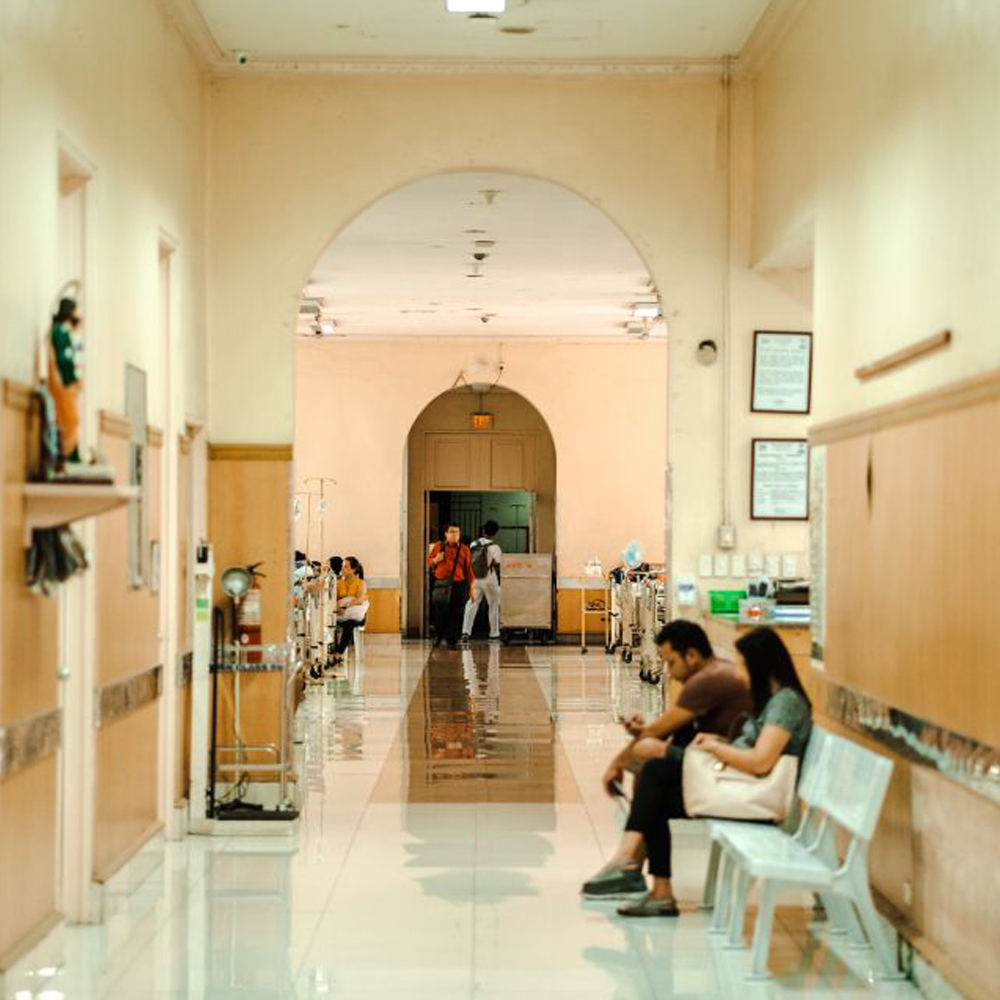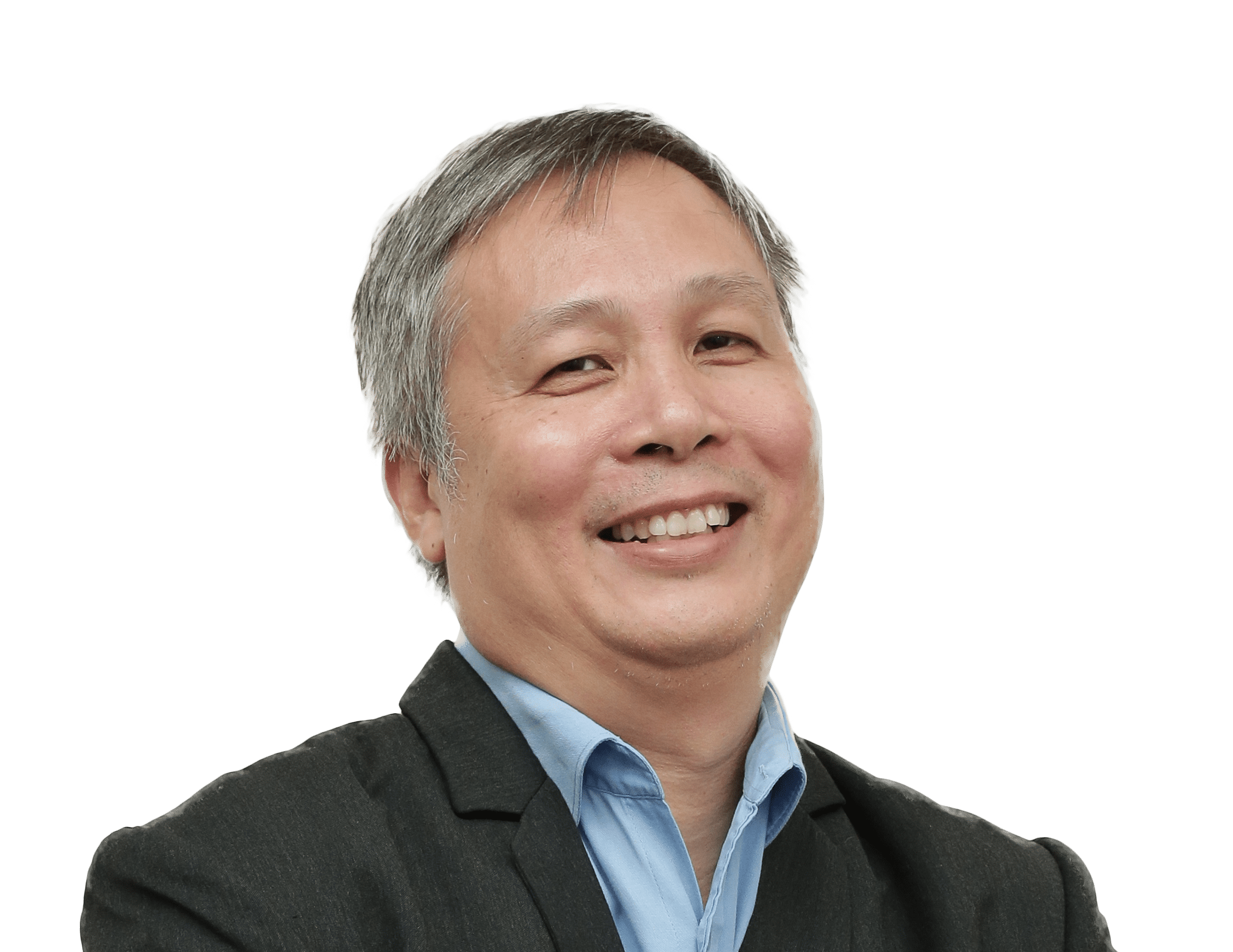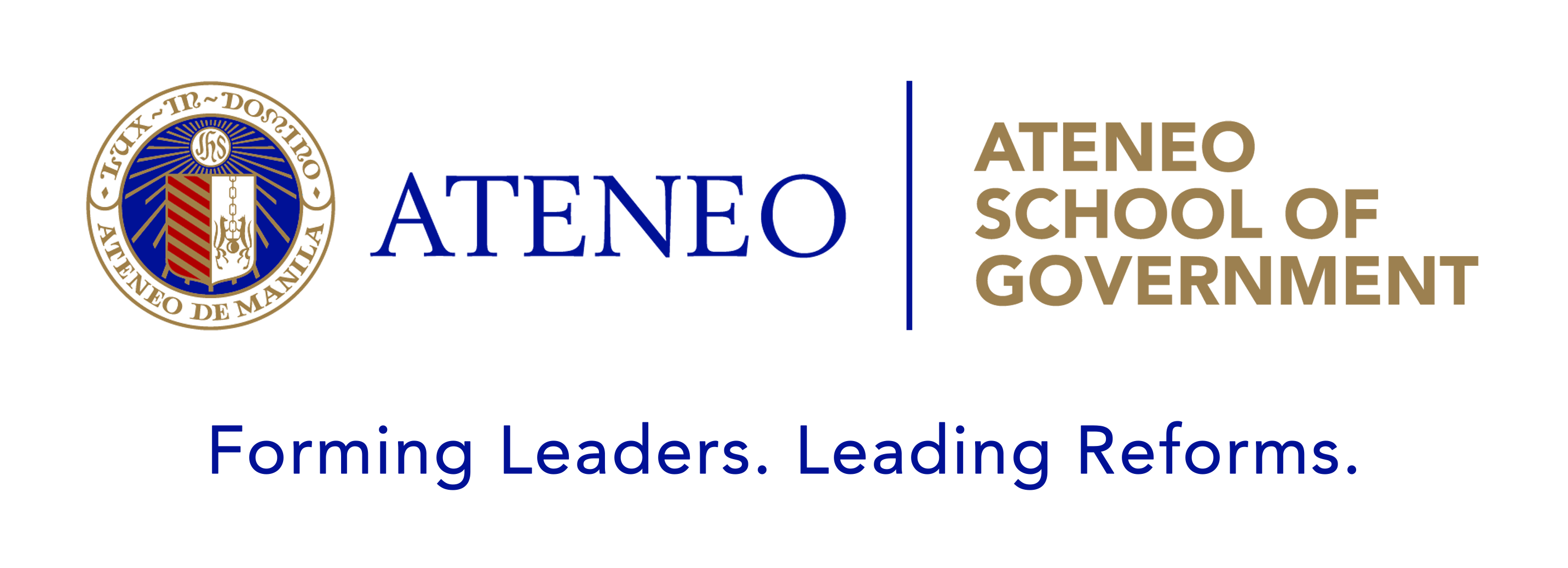Healthcare Services
Socioeconomic Issue on Spotlight

Access to healthcare services in the Philippines remains inadequate despite existing programs.
For instance, Abrigo and Paqueo (2017) found that while the social health insurance and the conditional cash transfer programs have induced greater hospital visits and lowered out-of-pocket expenditures among poor Filipino families, these were not enough to promote better access to health care. They noted the leakages in these programs and the disparity in the quality of healthcare services across the country.
Moreover, Abrigo and Ortiz (2019) found that the continuing maldistribution of healthcare workers can aggravate the country’s problem on access to healthcare services. Apparently, Filipino healthcare professionals were more likely to work in areas where earnings are high and near communities where they were trained. They also tended to work in cities and municipalities that have greater access to hospitals and clinics. These issues have resulted in the highly uneven supply of health workers in terms of their geographic distribution in the country.
Meanwhile, Clarete and Llanto (2017) highlighted the uneven access to medicines. They found that the implementation of the Generics Act and the Cheaper Medicines Law did not result in higher demand for medicines by the poor. Even at reduced prices, the poor do not have the purchasing power to buy medicines.
Persons with disabilities (PWDs) were not spared as Reyes et al. (2017) also noted their lack of access to appropriate services. Out-of-pocket expenditures on health consumed a significant portion of their income.
Moreover, despite health decentralization under the Local Government Code, access to health care has remained low. Cuenca (2020) even found that it has negatively impacted access to hospital inpatient services. Behind this problem was the inadequate resources among local government units (LGUs) to deliver basic health services and to maintain and upgrade devolved health facilities.
To address the issue on uneven access to medicines, Clarete and Llanto (2017) urged the government to boost competition among drug manufacturers in the domestic market in order to further reduce the cost of medicines. They also called for the provision of incentives to LGUs to invest more in primary health care, with medicines an integral part of their program.
On the maldistribution of healthcare workers, Abrigo and Ortiz (2019) advised the government to craft programs that will attract and retain healthcare workers especially in underserved areas. One such program is the boosting of household incomes through local economic development, which is “essential in ensuring the economic viability of any professional practice, particularly in health care”.
Meanwhile, Reyes et al. (2017) recommended the increased tapping of medical and nursing students in the communities to improve PWDs’ access to preventive care services. They also called for the expanded coverage for medications and nursing support for PWDs and the continuous training of healthcare providers.
Cuenca (2020) noted that a sound financial resource base is necessary to reap the benefits of health devolution. She underscored that LGUs’ capacity to generate resources is crucial to enable them to carry out their health-related functions.
Lastly, Abrigo (2019) urged the government to pursue interventions, such as strategic purchasing and pooled procurement, to lower health costs, as well as improved health information, surveillance, and early detection of diseases.
SERP-P Resources on Healthcare Services


